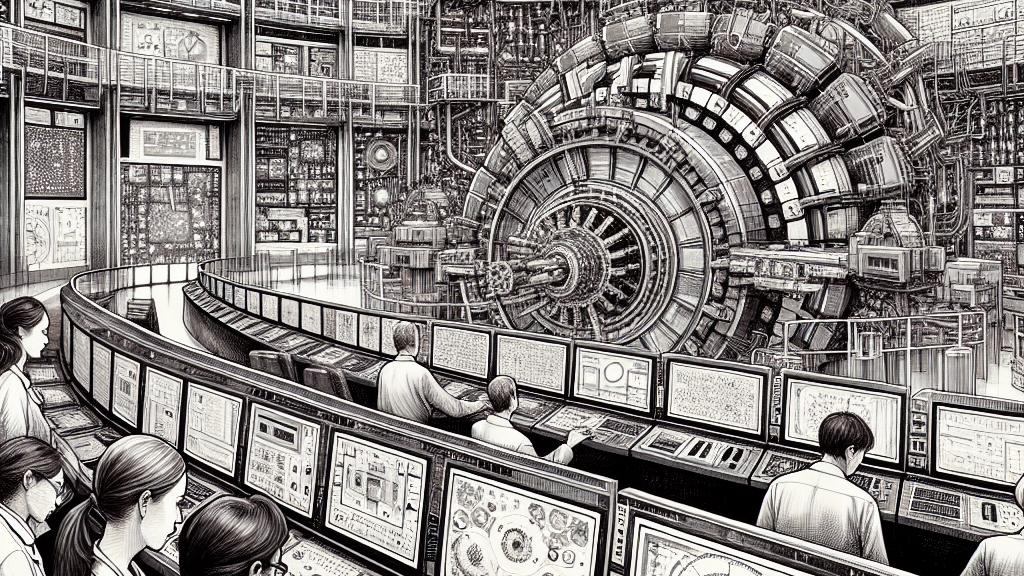Enhancing Particle Accelerators through Machine Learning
Overview
- Machine learning is revolutionizing particle accelerator optimization by enabling adaptive adjustments.
- Real-time data analysis increases operational efficiency and enhances beam precision.
- This technology has impactful applications across sectors like healthcare and technology manufacturing.

The Scene at Particle Accelerators
Imagine stepping into a vibrant control room at the Los Alamos National Laboratory in the United States, where cutting-edge technology comes together to explore the mysteries of the universe. Inside, brilliant scientists orchestrate operations of powerful particle accelerators, instruments that smash subatomic particles to reveal the fundamental building blocks of matter. Each collision generates a wealth of data, but—here's the twist—even the finest accelerators can experience gradual performance drifts, much like how a well-tuned car might start to lose alignment over time. As factors such as temperature fluctuations and vibrations affect their mechanics, the need for precise adjustments becomes crucial. Fortunately, this is where machine learning emerges as a game-changer, allowing operators to retain control and optimize the performance of these monumental machines efficiently.
Machine Learning as a Game Changer
Consider the power of machine learning, which can act much like an intuitive 'virtual observer.' It takes in vast amounts of operational data, scouring for hidden patterns that human operators might overlook. For example, at CERN, algorithms analyze the complexities of particle acceleration in real-time, dynamically adjusting parameters without the need for constant human intervention. This intelligent system can learn from past operations and experience, identifying the most effective ways to maintain optimal beam conditions. Unlike traditional methods that often rely on expert intuition and can become trapped in outdated routines, these adaptive algorithms provide contemporary solutions that enhance both accuracy and throughput. Ultimately, the ability to anticipate device needs saves time and resources, making the research process far more productive.
Broader Implications and Future Developments
The ramifications of incorporating machine learning into particle accelerator technology are profoundly expansive. Take, for instance, the role of compact accelerators in cancer therapy; they allow for highly targeted treatments that minimize damage to surrounding healthy tissues. Similarly, these technologies play a pivotal role in the semiconductor industry, bolstering production efficiency and improving yield rates massively. As machine learning algorithms continue to evolve and integrate into research and industry, we can anticipate developments that not only reshape how scientific inquiry is conducted but also significantly enhance everyday technologies. This harmonization of science and practical application fosters a future brimming with potential, where STEM innovations directly contribute to the betterment of society. These advancements invite a wave of excitement and optimism for what the future may hold.

Loading...